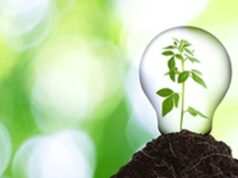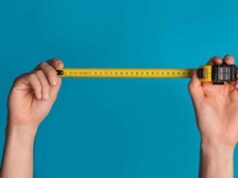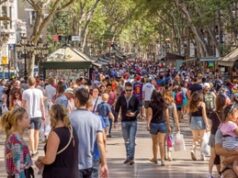 At one point, people living in 13th century England noticed something unusual when the bread they were buying from the local bakery simply did not taste the same. Oh, the price was right. In fact, in many cases the bread was even less expensive than it had been a few years earlier. But the taste and even the texture of the bread were different. Bakers, looking for a way to cut costs and compete with other bakers, were mixing “fillers” in with the flour dough. These fillers were typically ground beans and peas. They were safe, but they did change the taste of the bread.
At one point, people living in 13th century England noticed something unusual when the bread they were buying from the local bakery simply did not taste the same. Oh, the price was right. In fact, in many cases the bread was even less expensive than it had been a few years earlier. But the taste and even the texture of the bread were different. Bakers, looking for a way to cut costs and compete with other bakers, were mixing “fillers” in with the flour dough. These fillers were typically ground beans and peas. They were safe, but they did change the taste of the bread.
A bit of an uproar ensued but the King of England at the time decided not to regulate what could and could not be used to make bread. Instead, he believed consumers had a right to know exactly what was in the bread they were considering and then make their own selection. As a result, he declared that bakers had to post the ingredients they used so that consumers had a choice: they could purchase bread with just flour and traditional ingredients or bread made with the added fillers. Voila!
This is considered the first food label ever and likely one of the first times an industry or producer was required to develop a system that posted a product’s key ingredients. Jump ahead about 800 years, and we discover there are renewed calls for labels. But this time it is not for bread; it’s for water. Specifically, the calls are for some type of labeling system that allows consumers to determine how much water is used to manufacture a product used every day in hotel facilities as well as other commercial and residential locations.
Current Labels & Water
In a limited sense, a water-related labeling system already exists; however, it applies mainly to restroom fixtures. An inspection of any new toilet marketed in the United States will indicate it uses 1.6 gallons of water per flush or less; a urinal will be marked with a label indicating it uses about 1 gallon of water per flush or less. If it is a no-water urinal, the fact that it is waterless may also be noted, although that is not a federal requirement at this time.
The WaterSense Program developed by the U.S. Environmental Protection Agency (EPA) takes this a step further. As posted on the EPA’s website, the goal of this program is to “make it easy to find and select water-efficient products that can help your wallet and the environment.” Further, the site says, “these labeled products are backed by independent third party testing and certification, and meet EPA’s specifications for water efficiency and performance.” However, the Watersense program has its limitations. For instance, although it is designed to label and promote the use of fixtures and products that use less water, it currently has not included those fixtures such as waterless urinal systems that use no water whatsoever. However, WaterSense has issued a “letter of equivalency” for these fixtures, indicating they should be considered as having a Watersense label.
The Proposed Water Labels
Now, experts in some sectors are giving serious consideration to a water labeling that goes beyond anything we now have. It not only indicates how much water a product may use for operation but also provides information on how much water was used to make the product in the first place. To better understand this, let’s talk about bread again. Quite surprisingly, according to the Association for a Greener Society, it takes about 150 gallons of water to make a loaf of bread. The key ingredients in bread are water, flour, salt, and yeast, with water being a primary ingredient. Beyond this, the flour used to make the bread is derived from wheat, grains, and “starchy” plants, which must be watered in order for them to grow. Altogether it amounts to about 150 gallons of water per loaf.
Let’s apply this to a hotel property. Suppose we are selecting new conventional mattresses for all the guestrooms. Our improved water labels indicate that one manufacturer uses 1,100 gallons of water to produce each mattress, while another uses 860 gallons. Again, if all other things are equal, the green hotel has little reason not to select the second offering. Such a label not only helps the consumer be greener and more sustainable, it encourages manufacturers to devise new technologies to make their products using less water. This can prove cost effective for them as well, making everyone including the environment a winner.
A frequent speaker and author on water conservation issues, Klaus Reichardt is founder and CEO of Waterless Co. Inc, Vista, Calif. Reichardt founded the company in 1991 with the goal to establish a new market segment in the plumbing fixture industry with water conservation in mind. The company’s key product, the Waterless No-Flush urinal, works completely without water and was invented by Reichardt. He has been a member of the U.S. Green Building Council since 1999 and joined the University of California Santa Barbara EcoEntrepreneur Advisory Board in 2008. He may be reached at Klaus@waterless.com.







